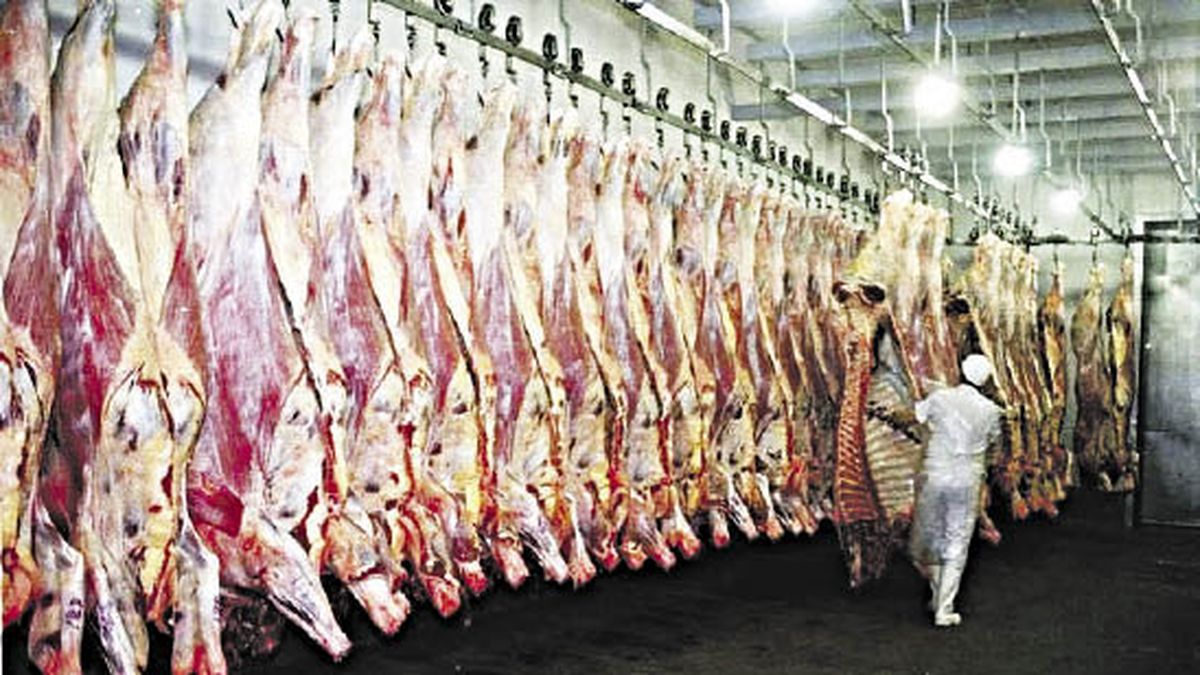The measure will come into force after much opposition from some refrigerators and slaughterers that they considered that the conditions for chopping were not met and that the final product would be more expensive. exporters For their part, they defended the measure for its improvement for the worker, due to the lower weight of the load, they highlighted the better hygiene conditions and remarked that the final price will drop since there will be less waste by outlets.
This week, Senasa confirmed that 80% of the establishments are ready to begin chopping.
The new resolution stated that the slaughter plantsaccording to its commercial modality, They must provide on the slaughter beach the number of pieces that are madeeach of them must meet identified with the troop number, correlative of slaughter, classification and classification. The obligatory sanitary and commercial seals must be perfectly legible in all cases.
The identification of the pieces must be done inevitably on the beach, being prohibited the subsequent individualization of the same.
The slaughter plants that stamp the seals must replace them with printed labels through computer systems within a peremptory period of 180 days
These labels they will be made of paper waxed, polyamides or oriented polypropylene (OPP), suitable for contact with meat and contain at least name, registration numbers in the records and health authorization and Unique Tax Identification Code (CUIT) of the slaughterhouse
They must also bear the name, registration number in the records and CUIT of the owner of the slaughter, in addition to the date of slaughter, troop and hock numbers, classification, typification and commercial destination, number of teeth, type of bruise and name of the piece.
The labels they will have to be placed in cattle (cattle and buffalo) about the chunksremaining totally adhered to the meat, and its fixation by means of threads, lancets or any other means that does not imply the adherence of its entire surface is prohibited.
each piece resulting from the division of the half carcass must be identified and traceable by means of a card containing the official establishment numbers of the slicer, troop and hock, date of production, name of the product and weight of the slice.
The processing establishments They may not allow entry to the chopping of raw material that does not have the identification.
And those who carry out chopping must prepare, as a sworn statement, the forms Entry of Raw Material to Chopping and Production Obtained of Chunks by Troop.
The cutting must be carried out, entering into production exclusively the half carcasses grouped by troop number, for which correct separation and identification must be ensured between the troop being processed and the next to be processed.
The establishments where chopping is carried out must carry an LBook of Entry of Raw Material Suitable for the Processing of Piecessigned by the National Directorate of Agricultural Commercial Control, where they will record the entry of the merchandise in chronological form.
Establishments that have a signed Bovine Meat Output Book (beef and/or buffalo) will be exempt from the above requirement.
Source: Ambito
David William is a talented author who has made a name for himself in the world of writing. He is a professional author who writes on a wide range of topics, from general interest to opinion news. David is currently working as a writer at 24 hours worlds where he brings his unique perspective and in-depth research to his articles, making them both informative and engaging.




